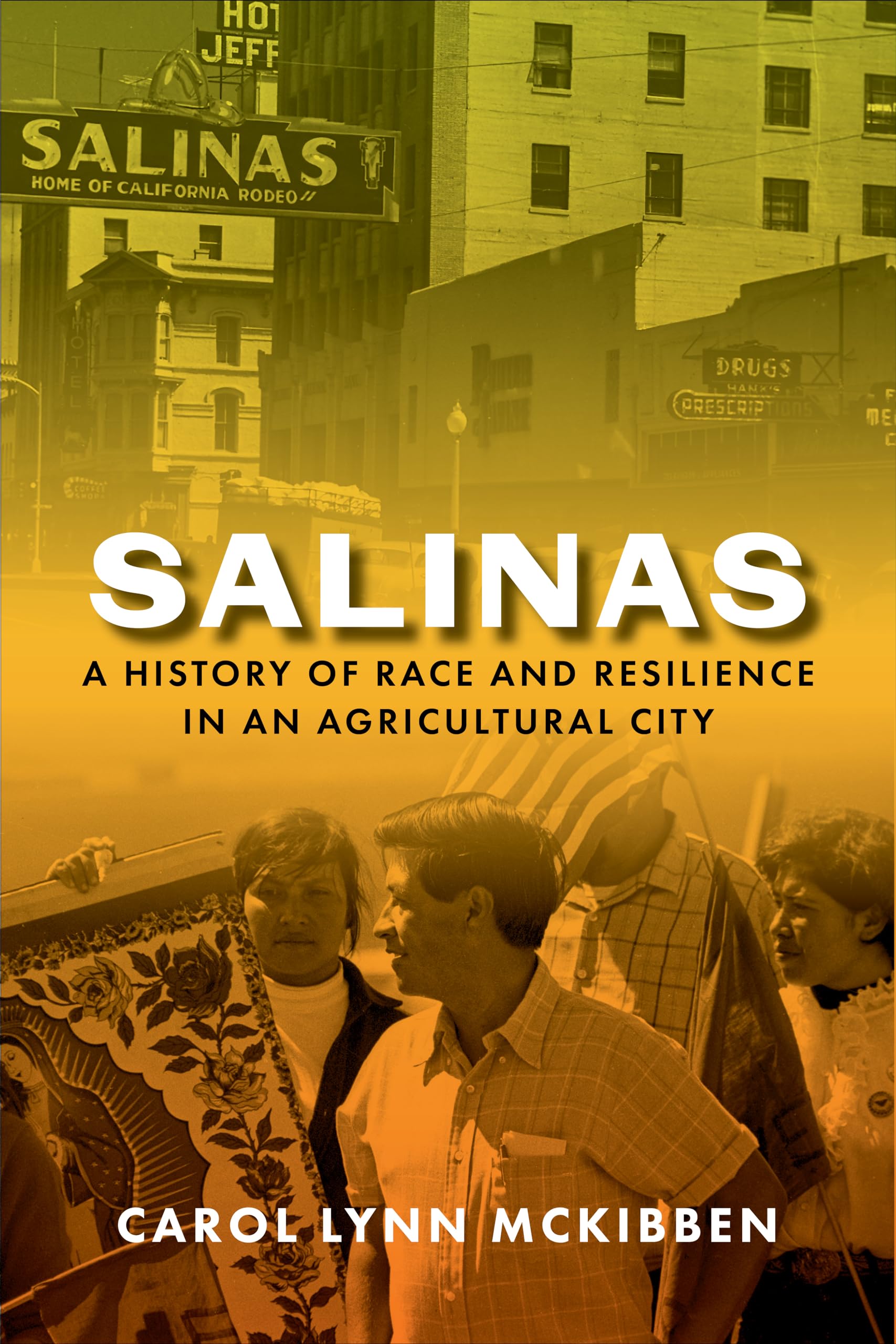

Salinas: A History of Race and Resilience in an Agricultural City
M**A
A treasure trove of interesting and important information!
Salinas is an engaging, information-packed book that is teaching me essential information about this fascinating agricultural hub that impacts the whole country. I highly recommend it!
H**M
Thorough, important history of Salinas
This book is a deeply researched, thorough history of Salinas - and particularly the racial and class dynamics of this agricultural city from the 1850s to the present. The author weaves in the personal stories and perspectives of all of Salinas' diverse communities - Latina/os, Asian Americans, and whites - while drawing a broader portrait of change over time. What's unique and important about this book is that it focuses on an agricultural city, in an incredibly diverse region. And while McKibben acknowledges the challenges and contradictions of this history, she ultimately sees Salinas as a resilient city that managed to work. The agricultural economy was a kind of unifier, overcoming serious social divides. McKibben has become as the foremost authority on the history of Central California and the "majority minority" cities in that region. She writes with a deep knowledge and understanding of these places, with sensitivity to a racially inclusive perspective.
W**M
This Is An Excellent Book About Salinas In California
This is an excellent book about Salinas in California. Some of the interesting information that is mentioned in this book by the author of this book include the following information: Salinas is a majority Latino(a) city. In the year of 2021, Salinas had a population of nearly 160,000 people. Alisal is an Eastern subdivision of Salinas. The railroad giants bypassed Castroville which is named after Juan Castro. The railroad giants instead went to Salinas. Mr. Abbott was a prominent landowner in Salinas. Salinas was incorporated in the year of 1874. King City was not incorporated until 1911. Soledad was not incorporated until the year of 1921. Greenfield was not incorporated until 1947. Jesse Carr who came from the South to Salinas was a key figure in the history of Salinas. Claus Spreckels was an industrialist who built his own town which is named after himself. The founders and residents of Salinas were a mixture of various ethnic groups. Between 1919 and 1940, Salinas' wealth more than doubled despite the economic damage of the Great Depression on parts of the U.S. economy. I recommend this book to those people who want to know more about Salinas.
Trustpilot
3 weeks ago
4 days ago